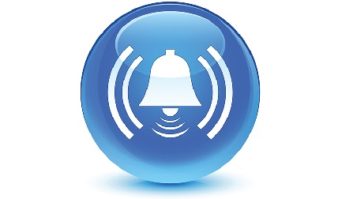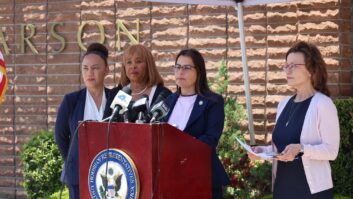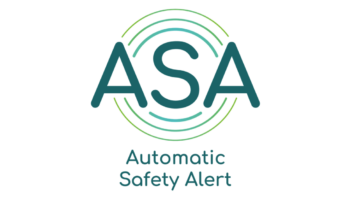The Federal Communications Commission announced that there will be a nationwide test of the Emergency Alert System on Sept. 28 at 2:20 p.m. (Eastern Daylight Time). All EAS participants are required to participate during the national EAS test.
Prior to the national EAS test, EAS participants should review the information they submitted in the EAS Test Reporting System to ensure that no changes are necessary. If changes are required, they must be made in ETRS by Sept. 26.
The FCC will require all EAS Participants to submit an initial report regarding their experience during the National EAS test by 11:59 p.m (EDT) on Sept. 28 � i.e., the same day that the national EAS Test is conducted. The initial report (�Form Two�) requests that the EAS participant confirm that it received the EAS signal from its assigned monitoring source, and that it responded in accordance with the FCC rules.

Subsequently, the FCC will require that all EAS participants submit a second post-test report (Form Three) no later than Nov. 14. Form Three requests additional information from EAS participants regarding their performance during the national EAS test. In particular, Form Three seeks information on the specific timing of the respondent�s receipt of the EAS signal from its monitoring source, and whether there were any complications associated with its receipt.
Form Three also requests information regarding the performance of the EAS participant, i.e., whether there was any equipment performance or user problems associated with the signal�s retransmission. If there are any issues or complications that arose during the national EAS test, then the EAS participant is requested to provide an explanation.
Finally, two reminders: First, the FCC considers the following licensees and service provides as EAS participants: (i) radio and television broadcasters; (ii) operators of cable and wireless cable systems; (iii) Direct Broadcast Satellite licensees; (iv) Satellite Digital Audio Radio Service licensees, and (v) wireline video system operators. Second, if you are unclear about your responsibilities during the National EAS Test or what equipment is required, you should review 47 C.F.R. 11.11.
GUIDENLINES ON E-CIGARETTE ADS
In the May 2014 FCC Update, I discussed proposed rules released by the Federal Drug Administration to regulate electronic cigarettes as a tobacco product. In May 2016, the FDA adopted new rules that affect e-cigarettes and other electronic nicotine delivery systems (e-hookah, e-cigars, vape pens, advanced refillable personal vaporizers, and electronic pipes) by classifying these products as tobacco products.
By expanding the definition of �tobacco products,� the FDA set forth guidelines regarding the advertising of these products. The stated purposes of these new rules is to protect youth and young adults from tobacco-related death and disease.
In particular, the new guidelines prohibit the targeting of advertisements of these newly-covered tobacco products to minors (i.e., under the age of 18) and also prohibit advertisements that contain statements that would mislead the public with respect to the health benefits of e-cigarettes or other newly-covered products. These new guidelines not only affect the content of radio and television advertisements broadcasted over the air, but also advertisements on websites, social media sites, billboards, email and texts.
Therefore, broadcasters should immediately update their screening process for new advertisements throughout their organization to ensure that they do not accept advertisements that could be seen as targeting minors or promoting the health benefits of these products. ��Moreover, careful scrutiny should be given to broadcasters� sponsorship of live events to ensure that any advertisements or promotional materials relating to these newly-covered products comply with the new FDA rules.
FCC DEADLINES:
Oct. 1, 2016 � Stations with five or more full time employees in Alaska, Florida, Hawaii, Iowa, Missouri, Oregon, Washington, American Samoa, Guam, the Mariana Islands, Puerto Rico, Saipan, and the Virgin Islands must place their Annual EEO Public File Reports in the station�s public inspection file.
Oct. 3, 2016 � Stations with 11 or more full time employees in Iowa and Missouri file their Mid-Term EEO Report (FCC Form 397) with the FCC.






